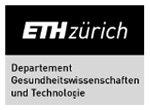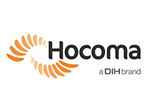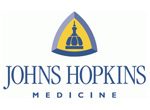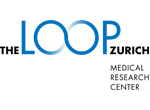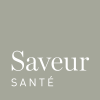Мы применяем исследования в области инсульта на практике
Инновации значат для нас больше, чем просто модное слово. Имея собственный научно-исследовательский институт и благодаря тесному сотрудничеству в области исследований, мы не только оперативно внедряем инновационные технологии в нашу практику, но и проверяем их эффективность в процессе лечения.
Цели исследования
Целью наших исследований и партнерских соглашений является разработка новой формы нейрореабилитации, которая сможет легко интегрироваться в повседневную жизнь наших пациентов. Цель состоит в том, чтобы вы могли тренироваться самостоятельно, проявляя максимальную степень активности. Необходимая корректирующая обратная связь, помощь и меры безопасности обеспечиваются посредством передовых технологий и взаимодействия с терапевтами.
Мы постоянно принимаем участие в совместных инновационных исследованиях и проектах, работая совместно с известными образовательными учреждениями по всему миру и всегда стремясь к высочайшему качеству услуг по нейрореабилитации, основанной на последних научных разработках.
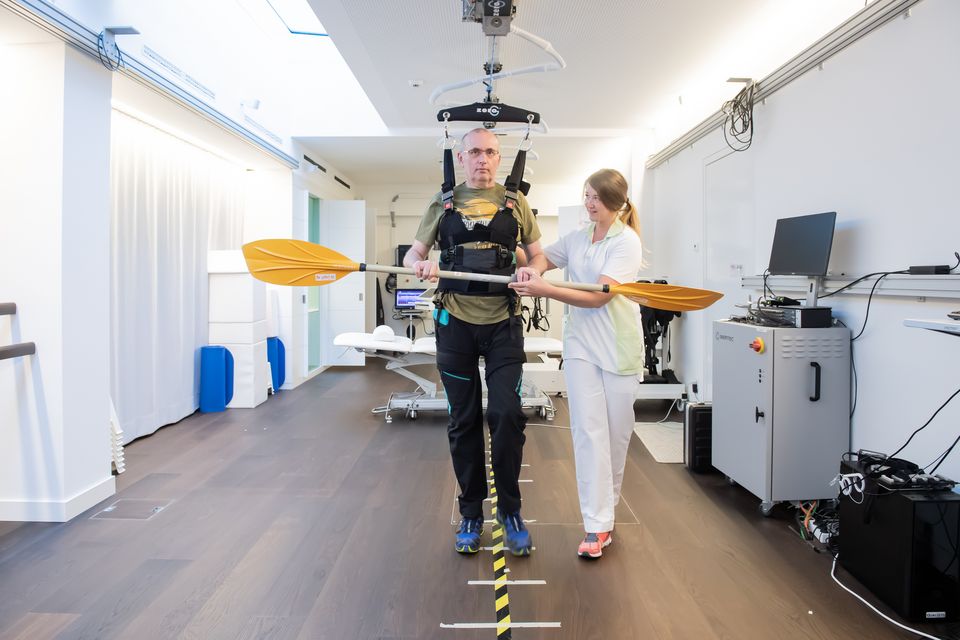
Мотивация
Чтобы быть активными в повседневной жизни, пациентам необходимо иметь достаточный уровень мотивации. Наше мотивационное исследование сосредоточено на инновационных терапевтических подходах, направленных на стимулирование и поощрение активного обучения в повседневной жизни.
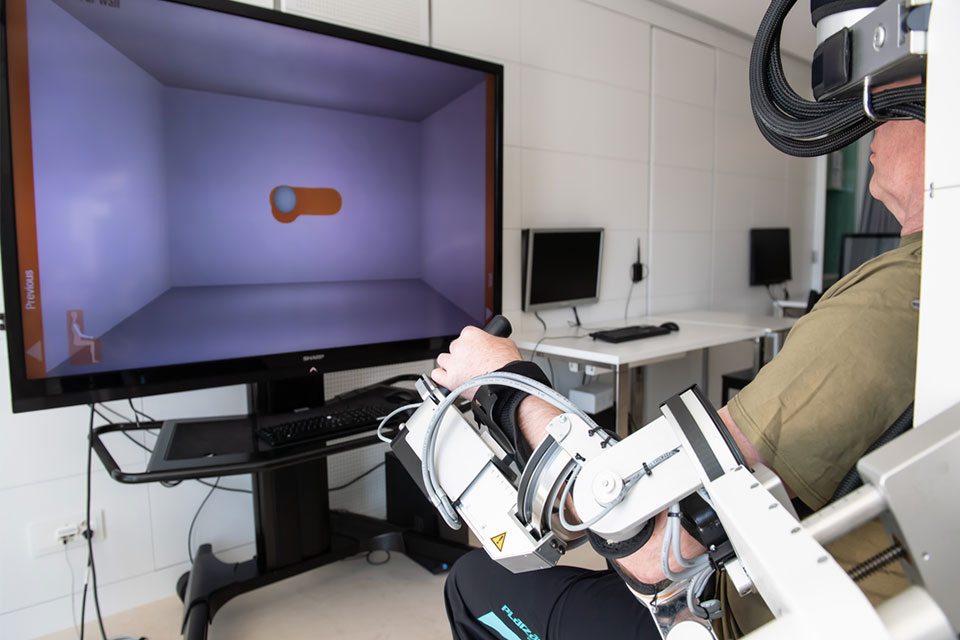
Принятие ответственности
Принятие на себя ответственности за успех собственной реабилитации сопряжено с определенными трудностями для пациентов, которые должны правильно выполнять различные задачи без присмотра или помощи. Научно-исследовательская работа нашего фонда cefir направлена на поиск и дальнейшее развитие интеллектуальных технологий, с целью избежать ошибок и способствовать надлежащему выполнению различных задач в процессе реабилитации.
Совместные исследования
Новейшие технологии восстановления после инсульта
Наша клиника нейрореабилитации оснащена самыми современными анализаторами движений, роботизированными системами и другими инновационными устройствами, которые дополняют практические занятия с терапевтом.
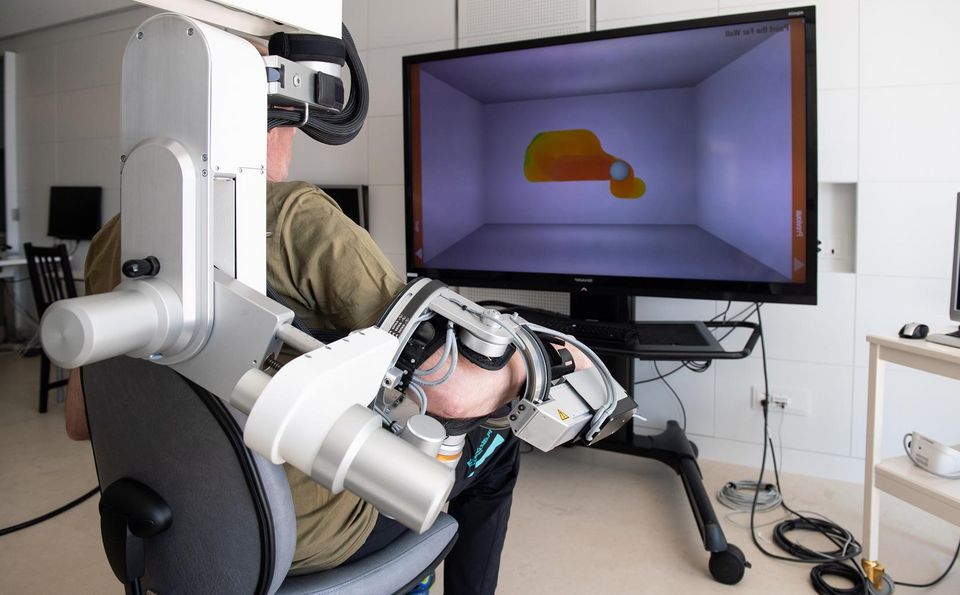
Armeo® Power by Hocoma
Этот экзоскелет руки помогает ослабленным пациентам тренировать движение руки.
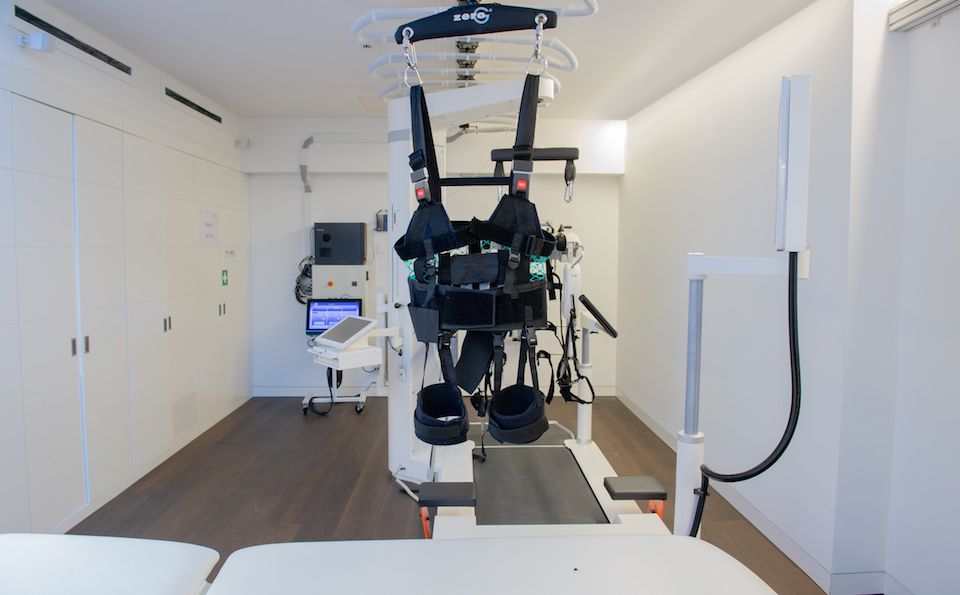
ZeroG® by Aretech
Этот инновационный инструмент для тренировки походки помогает тренировать подвижность и равновесие. Частичная динамическая поддержка массы тела (DBWS) снижает риск падения.
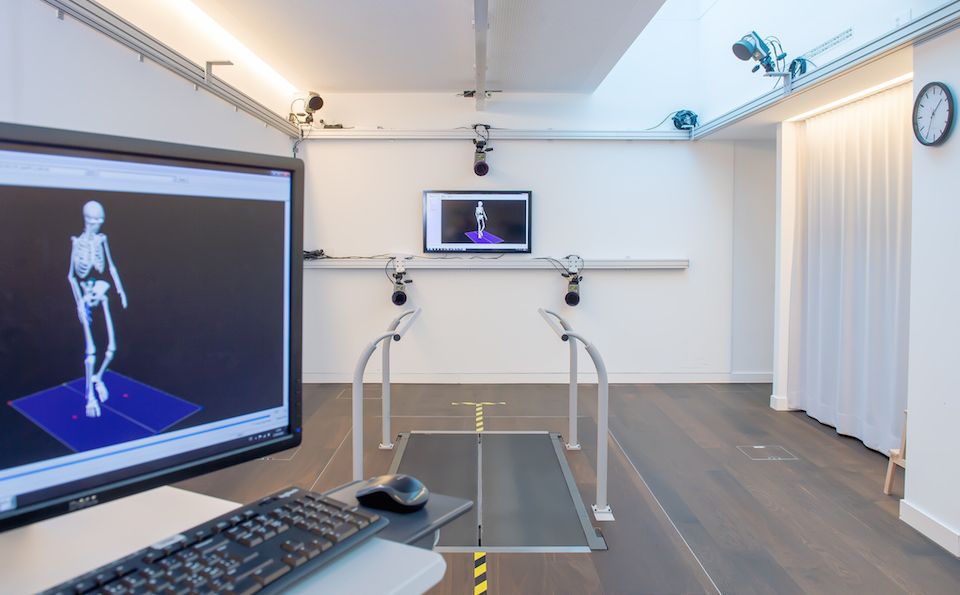
Split-belt treadmill
Тренировка на беговой дорожке с раздельными лентами с различными скоростями для каждой конечности предназначена для адаптации мозга, которая сделает походку более симметричной. После инсульта эту тренировку можно использовать для того, чтобы сделать походку более быстрой и менее утомительной.
Текущие проекты в области исследования инсульта
Совместно с Институтом междисциплинарных исследований (cefir), Университетской клиникой Цюриха и ETH (Технический университет) мы проводим фундаментальные и клинические исследования, включая рандомизированные контролируемые испытания, тестирующие новые методы обучения и диагностики.
